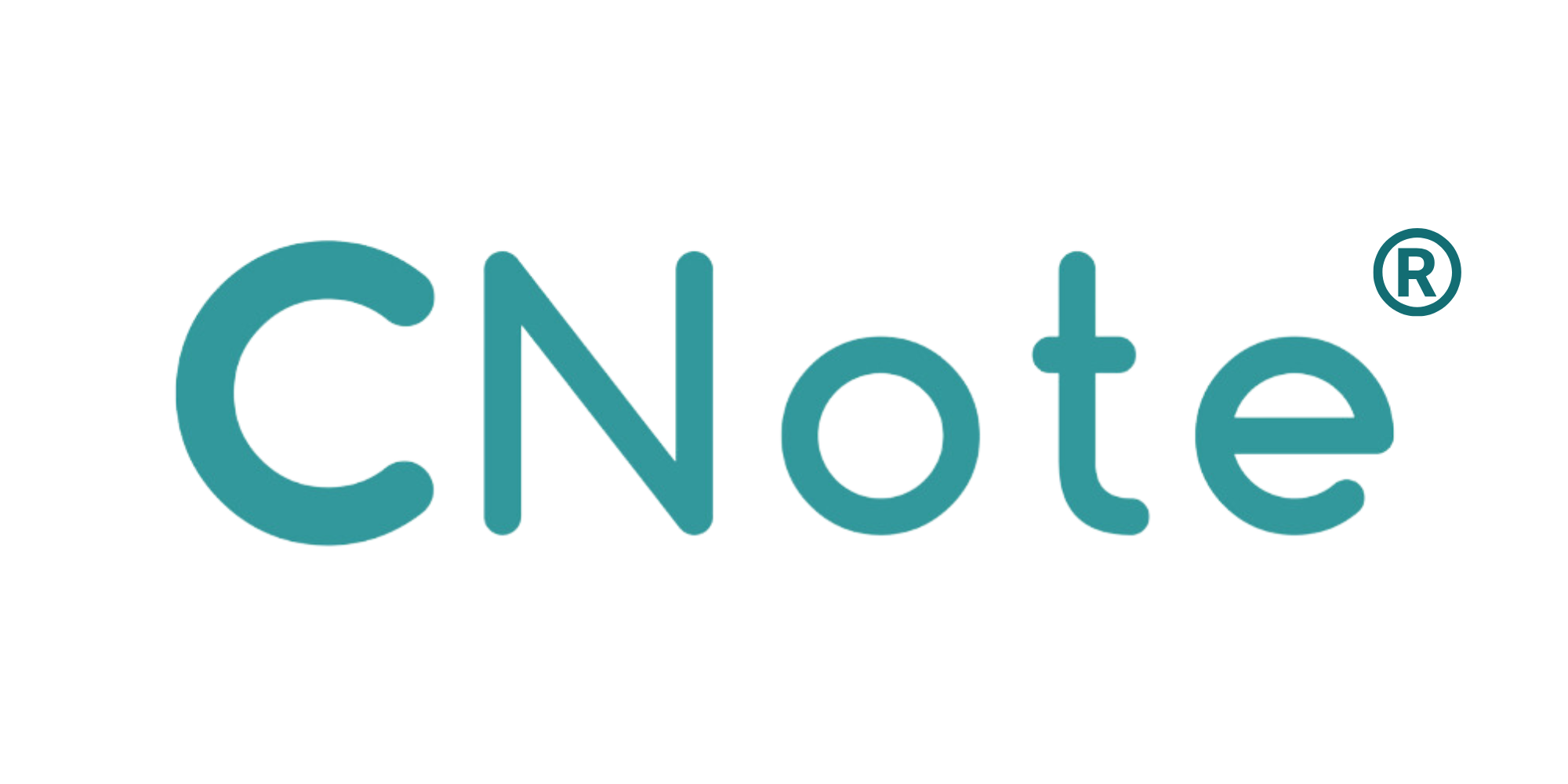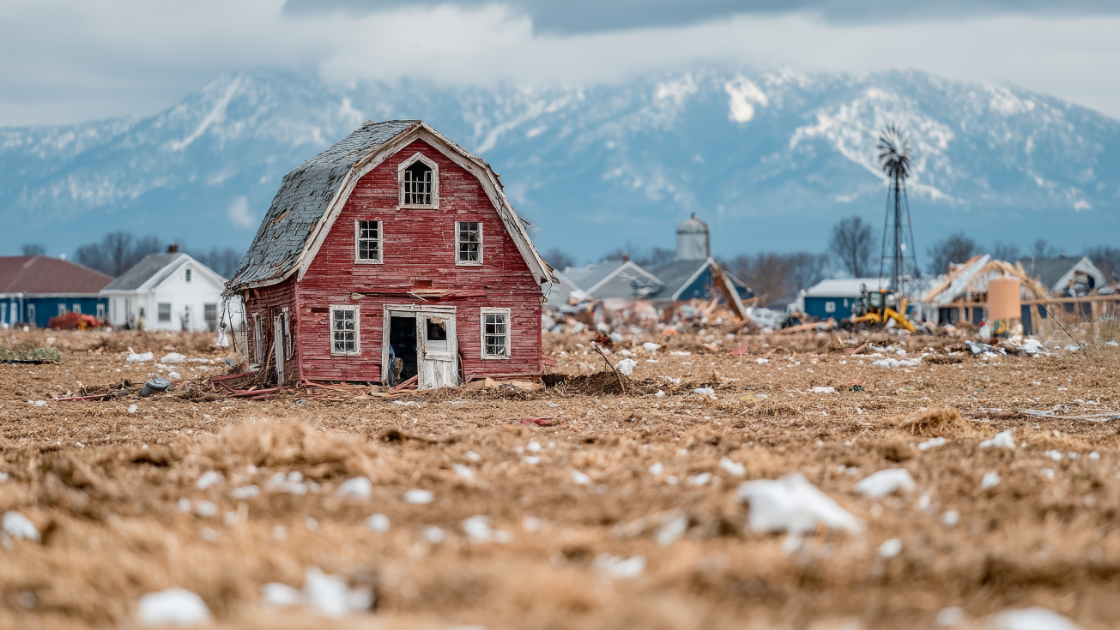When federal paychecks are delayed, when inflation eats away at household budgets, or when a natural disaster shuts down a community, the institutions that step in quickly are the community-rooted credit unions and banks such as certified Community Development Financial Institutions (CDFIs) and Minority Depository Institutions (MDIs). They have been called “financial first responders,” a term that reflects their ability to provide emergency relief in moments of crisis. But that framing only tells half the story.
What sets these mission-driven lenders apart is not just how they show up when disaster strikes. It is how they continue walking alongside their members and borrowers long after the headlines fade. They are not just first responders. They are stabilizers of long-term financial health.
The Shift from Relief to Resilience
Consider the government shutdown, with thousands of families suddenly cut off from income. A credit union may step in with a zero-interest bridge loan or allow members to skip loan payments. That immediate action matters because it helps families avoid payday loans or credit card debt that could take years to pay off.
Christine’s story illustrates this. Facing the imminent loss of her home, she turned to Great Lakes Credit Union, a CNote Impact Cash partner, after mainstream lenders offered little help. The credit union stepped in to stabilize her immediate situation and then worked with her to get back on track. Christine did not just avoid foreclosure—she preserved the foundation for her family’s long-term stability. This is the difference between a one-time rescue and an ongoing path toward resilience.
Beyond Crisis Response
Natural disasters show this dynamic even more clearly. When wildfires tore through Los Angeles, Rize Credit Union, a CNote Impact Cash® partner, responded quickly with emergency relief loans and mortgage forbearance to keep families afloat. But their role did not end there. Rize transformed branches into aid hubs in partnership with the YMCA, hosted donation centers, and even offered displaced residents access to computers and internet through its Amigo Lounge program. These efforts went far beyond financial stopgaps. They rebuilt a sense of community infrastructure that families could rely on long after the smoke cleared.
That is the hallmark of a stabilizer: stepping in with immediate help, then shifting to long-term solutions that restore dignity, connection, and opportunity.
From Triage to Transformation
For some families, financial disruption looks less like a sudden disaster and more like a series of compounding challenges. Tonya’s journey shows how mission-driven lenders help members turn small steps into long-term stability.
When Tonya met with Kim at Freedom First Credit Union, a CNote Impact Cash partner, she needed to build her credit. Through the Responsible Rides® program, Kim helped her secure an affordable car loan while also encouraging her to open an account and complete financial counseling coursework. These interventions gave Tonya the tools to begin repairing her financial health. Within five years, she and her husband had built their credit enough to purchase their first home.
Reflecting on her journey, Tonya put it simply:
“I like the fact that Freedom First keeps in touch with you, not only with your car and your credit; they keep in touch with you to see how things are going as far as your finances and life. It’s not just about a car or getting a loan: it’s about helping you to achieve your goals.”
Tonya’s words capture what makes mission-driven lenders different. A product like an affordable car loan may solve an immediate problem, but it is the continued relationship, the ongoing support, and the focus on long-term goals that transform lives.
Evidence of Lasting Impact
Multiple studies find that engaging with mission-driven financial counseling and CDFIs is associated with better consumer outcomes — including improved credit scores1 and stronger connections to safe, affordable bank accounts.2
This matters because economic shocks are rarely one-time events. For low- and moderate-income households, volatility is the norm. A medical bill, a missed paycheck, or a sudden rent increase can be destabilizing. By combining emergency response with longer-term financial coaching, affordable products, and pathways to wealth-building, mission-driven lenders smooth those shocks again and again.
Why It Matters to Investors
For impact investors, this is more than a good-news story. It is an investment thesis. If resilience is measured not just by how communities survive crises but by how they thrive afterward, then regulated mission-driven lenders are among the most powerful vehicles for systemic change.
Your investment capital is not simply underwriting emergency loans. It is fueling the ongoing capacity of these institutions to help families build lasting stability. It is ensuring that when volatility strikes again, households are better positioned to endure it.
The first responder narrative suggests a cycle of endless emergencies. The stabilizer framing is about breaking that cycle. By supporting institutions that move households from crisis management to wealth-building, impact investors can help rewrite the story, shifting it from one of constant recovery to one of resilience and growth.
Community focused credit unions and banks will be there in the heat of the moment. But their greatest contribution is what happens after: the slow, steady work of financial stabilization. For impact investors, that is where the deepest impact lies. Not just in responding to crises, but in ensuring communities emerge stronger every time.
- Native CDFIs improve credit outcomes for Indian Country residents (Federal Reserve Bank of Minneapolis, April 28, 2021). ↩︎
- An Evaluation of Financial Empowerment Centers (Cities for Financial Empowerment Fund, 2017). ↩︎


